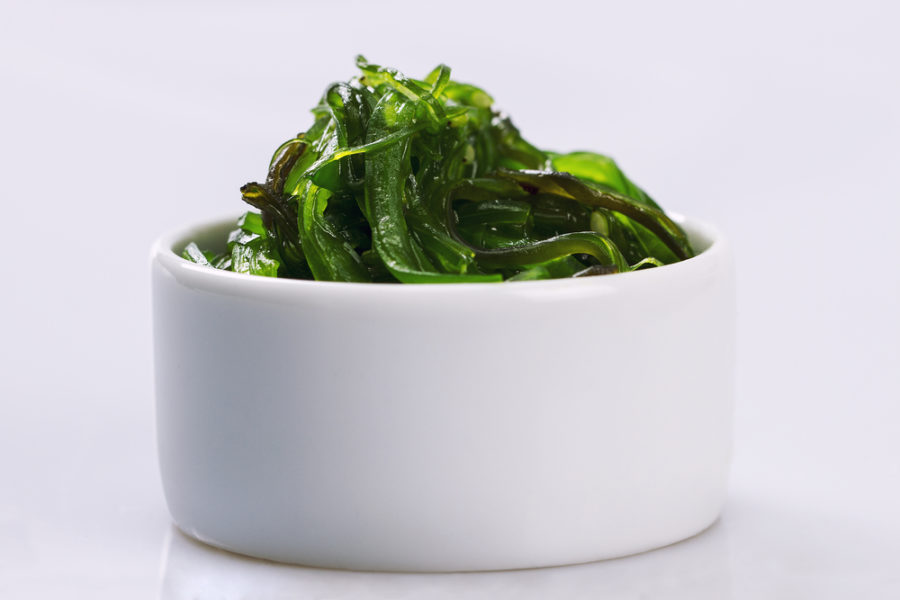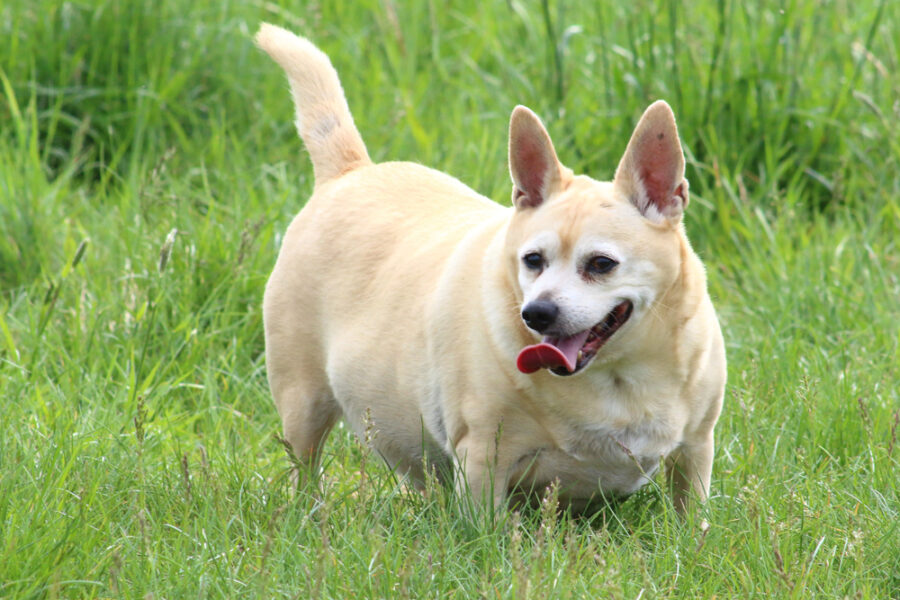From kelp to kombu, edible seaweeds are versatile “veggies” full of nutrition and flavor. They’re good for your animal companion too.
Seaweeds are a super food and one of the oldest forms of life on earth. Archeological excavations show that people have been eating these special plants for 10,000 years.
The ancient Chinese used kelp and other seaweeds as medicine, and seaweeds have been integral to Japanese cuisine for centuries. The Greeks used kelp to feed their cattle, while the people of Iceland used it as a food staple. Ancient Hawaiian nobles grew gardens of edible seaweeds. And in Europe and Great Britain, kelp was used as a fertilizer to feed the soil and support plant growth.
When buying edible seaweeds, look for sustainably harvested, low temperature, sun dried Organic Crop Improvement Association standard products that have been tested for heavy metals, herbicides, pesticides, PCBs, fuel oil and bacteriological contaminants. Fresh sea vegetables should be gathered, washed and stored in the refrigerator, and cooked in ceramic pots, glassware or stainless steel. Dried sea vegetables should be stored in dark glass jars or hung in dark dry rooms.
Sea vegetables, unlike land plants, have no leaves, stalks or roots, so their growth depends on energy from the sun. It is estimated that our oceans are home to more than 8,000 species of seaweed. Here are few of the most popular edible species.
Acadian sea kelp
Acadian sea kelp contains protein, iodine, calcium, sulfur, magnesium, iron, copper, phosphorus, sodium and potassium, along with vitamins A, B, E, and D. It reduces cholesterol levels by inhibiting bile acid absorption, helps flush harmful bacteria from the bladder, reduces inflammation in injured tissues, and supports healthy skin and coat.
Kelp is the richest single source of trace minerals. The pituitary, adrenal and thyroid glands all benefit from these trace minerals. Kelp supports the immune system, helps regulate blood sugar levels, soothes the gastrointestinal tract, and helps alleviate joint pain.
Dulse
Also known as sea parsley, dulce is a red sea vegetable. It grows attached to rocks on both sides of the North Atlantic and Northwest Pacific coasts. It is a rich source of iron, potassium, iodine, vitamin B6, riboflavin and fiber. Dulse also contains protein, floridoside (a type of carbohydrate), calcium, fluoride, magnesium, copper, zinc, manganese, chromium and vitamins C and E. The natural iodine in dulse supports thyroid function. Use as a substitute for regular table salt, alongside dark leafy vegetables, or toast it for a great crunchy treat.
Kombu
Kombu, also called horsetail kelp, since that is exactly what it looks like. It’s the largest sea vegetable, growing up to 1,500 feet. It’s a meaty, high protein seaweed that supports liver, stomach and kidney function. Kombu contains iodine, carotenes, vitamins B, C, D and E, calcium, magnesium, potassium, silica, iron and zinc. It’s higher in natural mineral salts than most other seaweeds. Kombu also contains glutamine and fucoidan, a complex polysaccharide. Kombu supports kidney and thyroid function, and even acts as a natural fungicide. It combines well with carrots and squash for a nutritional meal topper. Chicken and beef stocks can be replaced with kelp stock for a powerful nutritional punch. Try it soaked, simmered, sautéed, roasted, pan fried or marinated.
Nori
Nori contains a significant amount of protein, vitamins A, B and C, minerals and amino acids such as arginine, typically found in animal protein. It also offers other amino acids including alanine, glycine and glutamic acid, to support the gastrointestinal tract and aid in the digestive process. Nori contains taurine, which provides liver support. Nori sheets are low in sodium, but boast high levels of fiber, magnesium, potassium, riboflavin and vitamins A and C. Try spreading nori sheets on a cookie sheet covered with parchment paper, and bake in a preheated 300ºF oven for five to ten minutes. Sprinkle some on your animal’s food before serving. Nori can also be dry roasted on your stove top for a crunchy treat.
Wakame
Wakame is a brown seaweed that has been eaten in Japan and Korea for centuries. Contains a compound called fucoxanthin, which has many beneficial effects, including the oxidation of fatty acids and the production of heat energy in fat tissue mitochondria, which are found in every cell. It creates energy from sugar and fatty acids, and regulates metabolism, making it helpful to diabetics. Wakame is a rich source of eicosapentaenoic acid, an omega-3 fatty acid, and also contains high levels of calcium, iodine, thiamine and niacin, as well as chlorophyll, protein, magnesium, iron and fiber. Alaria, wild Atlantic wakame, contains more fiber than oat bran. In traditional Asian medicine, wakame is used to purify the blood, aid in liver detoxification, and support the gastrointestinal system and reproductive organs. Research indicates wakame helps contribute to healthy skin and coat, and has anti-carcinogenic properties.
Irish moss
Irish moss is a perfect super sprinkle for your companion’s food. It provides glandular and lung support, and soothes the gastrointestinal tract. It contains calcium chloride, which acts as a heart tonic and provides support to the kidneys and bladder.
Supplementing with kelp
Kelp is becoming popular as a dietary supplement for humans and animals. Just be careful when purchasing a product: check for a current laboratory assay and know the iodine content. Consult with your vet before introducing any new supplement to your animal’s diet. Recommended dosages:
Cats and small dogs – 1/8 teaspoon per day
Medium dogs – 1/4 teaspoon per day
Large dogs – 1/2 teaspoon per day








